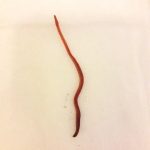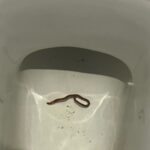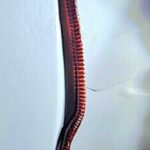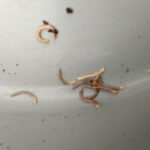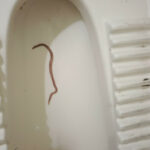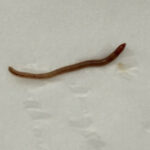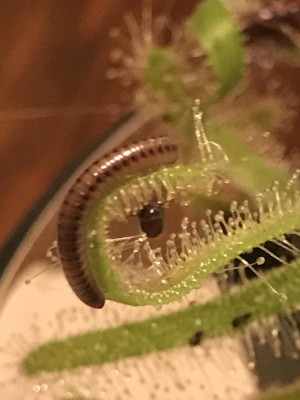Worms do everything in the dark. They mate, regenerate, and eat without the assistance pf the sun. Worms tunnel into the soil and stay put until the sun goes down or until a predator or inclement weather force them to the surface. While light will not kill a worm on contact, the effects of sunlight will. If a worm spends too much time in direct sunlight, usually one hour, it will become paralyzed. Worms cannot see the light, of course, but they can sense it. Their front end is the most sensitive to light.
In the hot sun, worms skin dries out. The end result is a dried out worm that appears flattened or deflated, and crisp to the touch. Worms do not have lungs, so they breathe trough their moist skin. Simply put, the sun dries out the skin, resulting in paralyzation and suffocation.
While worms do not have eyes, legs, arms or lungs, they do have bristles that help to protect them from predators (mostly birds) and they actually do have organs that allow them to reproduce. In fact, all worms have the ability to reproduce because worms are both male and female. The technical term for this condition is hermaphrodite. Worms mate by joining the swollen area near the head of the adult worm. This area is called the clitella. Once the clitella connect, the mating worms exchange sperm. This means that both worms become pregnant from the exchange by forming an egg capsule in each clitella.
If you notice a worm is wiggling and writhing in the sunlight, but you can tell they are headed in a certain direction, chances are it’s heading towards the nearest dark place whether it’s back into the dirt, under a rock or a brick, under a leaf, or even under rubble or debris. Help the worm out if you can because these tiny little creatures play a vital role in our environment. Earthworms secrete slime. This slime contains nitrogen, which is an extremely important nutrient for plant life. Worms also do several major things for the earth. They aerate the soil, which means they dig tunnels in the soil, which allows air to get to the plant roots. Worms also eat organic matter, digest it, and excrete the digested material. This digested material is called “castings.” The castings are rich with phosphorus, calcium, and potassium.
Worm castings are so valuable and ten times richer in nutrients that commercial topsoil, that many gardeners and farmers use the composting method to fertilize plants and crops. Worm castings also help create channels within the layers of the earth’s soil, which helps to hold water better and keep moisture in the soil longer.
For more information about earthworms, read our article “Facts About Worms” by clicking here or cut and paste the following link: https://www.allaboutworms.com/facts-about-worms.
All About Worms is always free, always reader-supported. Your tips via CashApp, Venmo, or Paypal are appreciated! Receipts will come from ISIPP Publishing.



